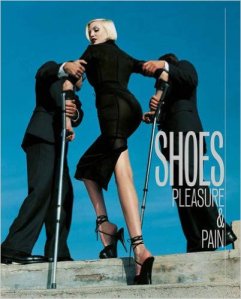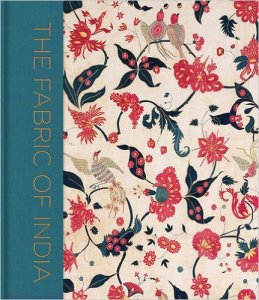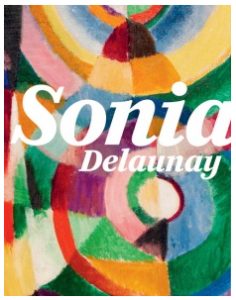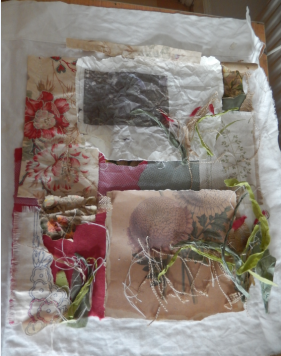 I enjoyed the most inspirational day I’ve had in ages yesterday. Local artist Rebecca Robinson ran her first workshop, Textile Tales, in her new studio at the Depozitory in Ryde. I knew I would be challenged because she had marketed it around the idea of memories and stitch; I live very much in the present and find the idea of memories difficult. I also don’t really work with photographs or vintage materials. However, by the end of the 4 hours I was hooked. I had learnt several new ways of reproducing images that could be incorporated into my work and had really loosened up the creative urge. So much so that, as you can see, I’m blogging again! The image you can see, left, is the unrolling of the work this morning. I’ve pieced things together ready to stitch.
I enjoyed the most inspirational day I’ve had in ages yesterday. Local artist Rebecca Robinson ran her first workshop, Textile Tales, in her new studio at the Depozitory in Ryde. I knew I would be challenged because she had marketed it around the idea of memories and stitch; I live very much in the present and find the idea of memories difficult. I also don’t really work with photographs or vintage materials. However, by the end of the 4 hours I was hooked. I had learnt several new ways of reproducing images that could be incorporated into my work and had really loosened up the creative urge. So much so that, as you can see, I’m blogging again! The image you can see, left, is the unrolling of the work this morning. I’ve pieced things together ready to stitch.
Yesterday evening was spent perusing Cas Holmes’ Stitch Stories and The Found Object I wanted to know more about this technique. The dog had an extra special walk through the fields today as I gathered a few plant samples for monoprinting. I feel the need to incorporate something more of my own into the composition. What fun – here is a selection of the 20 or so monoprints I made this morning. Image 1, left, is the result of the plate, an old OHP sheet, inked up with the plant laid on top. A piece of paper was laid over both and rubbed firmly. Image 2, the plant is peeled off the plate and placed on the fabric. A clean OHP sheet was laid on top and was rubbed over firmly and the plant was peeled off. Image 3, is the result of a piece of cloth laid over the plate after the plant has been peeled off. 3 very different prints from one hard working plant.
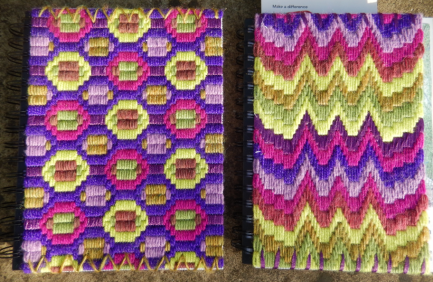
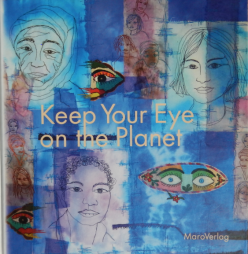 Its that time of the year, when you starting to think about what to buy your sewing friends for Christmas. Here is a suggestion. This beautiful book, accompanied the exhibition, Keep Your Eye on the Planet, at the Carrefour Européen du Patchwork im Elsass, France in September. It explains the work of Guldusi as you may have read in my
Its that time of the year, when you starting to think about what to buy your sewing friends for Christmas. Here is a suggestion. This beautiful book, accompanied the exhibition, Keep Your Eye on the Planet, at the Carrefour Européen du Patchwork im Elsass, France in September. It explains the work of Guldusi as you may have read in my  I enjoyed the most inspirational day I’ve had in ages yesterday. Local artist
I enjoyed the most inspirational day I’ve had in ages yesterday. Local artist 


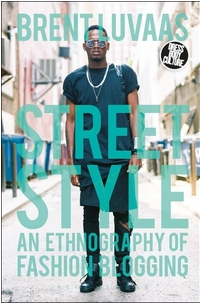 There are lots of lovely books being published at the moment but Brent Luvaas’
There are lots of lovely books being published at the moment but Brent Luvaas’ 